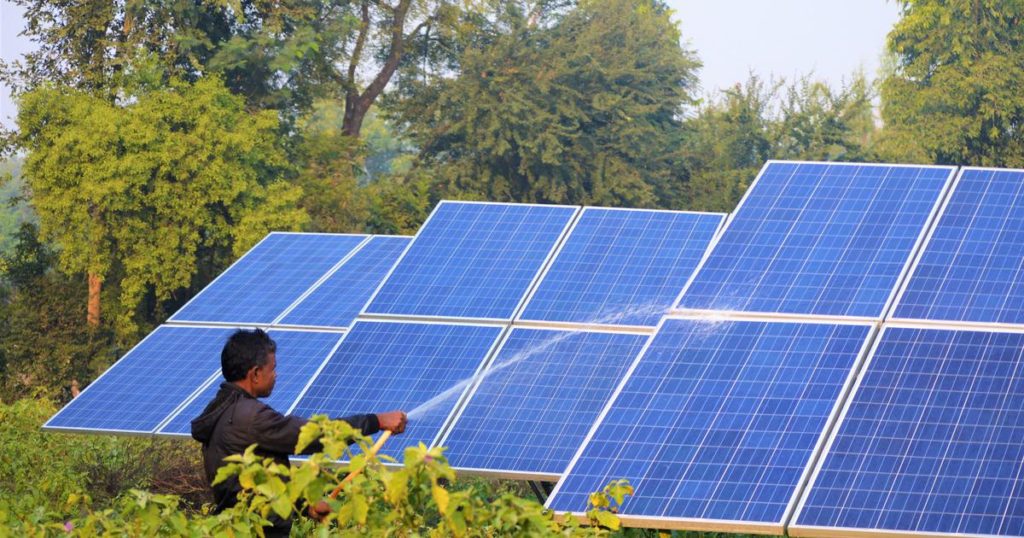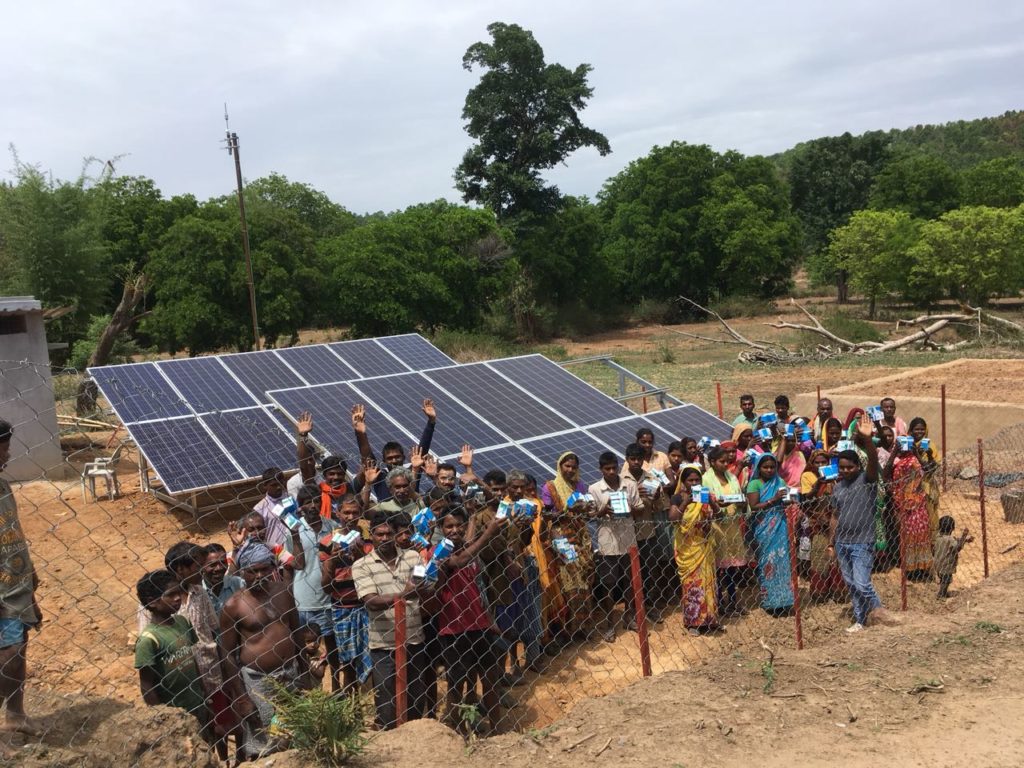Solar energy generation processes have improved in the last few decades to the point where they have become the perfect replacement for traditional, environmentally damaging energy sources. As a result, the world is seriously preparing for a rapid shift towards renewable energy – especially solar. Nations are frantically maximising energy yield and developing the next best high-efficiency module. India is also getting ready to ramp up its capacities in energy generation and take place on the global energy stage. And the common man is the apple of India’s eye, driving the pursuit of leveraging solar to welcome countrywide socio-economic infrastructure development and lift the standard of living of all people across the nation. As India seeks countrywide solar development, encouraging the common man to embrace solar is the best way to speed up the process and brighten the bigger picture.
The current scenario
In 2016, India still has 18,452 un-electrified villages! This paints a graphic picture of the nation’s energy transmission capacity and rising energy deficit. Fortunately, solar has solutions for both of these problems. And sensing that, the Indian government has initiated programs like Deen Dayal Upadhyaya Gram Jyoti Yojna to bring light to these rural villages. Over the last couple of years, the pricing of solar systems has decreased significantly by over 70%. And this is expected to decline even further to about INR 20/Wp (US$0.30/Wp) in 2018. With this declining price, an exponential increase in energy demand has led to quality improvement of the modules. All these developments have made solar modules not only feasible, but ideal to use in place of traditional energy production. The low price of PV modules is helping the country to generate and sell renewable energy at cheaper rates to its consumers. India’s Energy Minister Shri Piyush Goyal declared that solar is now cheaper than coal in many parts of the country, thus confirming this development. Such progress will spark a huge leap forward in electrifying rural areas, helping the common man.
Solar energy in India has already reached grid parity for SME & industrial clients in nearly 12 states. Development of solar parks is also aiding in making solar energy feasible for the common man. Solar parks can generate electricity at a large scale, which can play an integral role in reducing energy tariffs. Furthermore, solar parks can attract and increase the flow of investment, improving industrial infrastructure and ultimately enhancing solar energy generation capacity, making it easily available to all.

Policies in place
Government policies are also playing a major role in making solar available to the common man. Policies like Rural Electrification, Pradhan Mantri Ujjwala Yojana, Ujwal Bharat, and Power for All programmes are helping the country to offer energy in underdeveloped areas. And the IREDA NCEF refinance scheme, Central Financial Assistance (CFA) provided under various renewable energy schemes, the Off-grid and Decentralised Solar Thermal Application Scheme, and the Off-Grid and Decentralised Solar PV Applications schemes are supporting these projects and helping India scale-up in energy generation. The government of India has also drafted joint initiatives with Andhra Pradesh, Goa, Bihar, Chhattisgarh, Jharkhand, Rajasthan, Punjab, and other states to make the ‘Power for All’ programme a success within 2019, which will further increase the availability of solar energy for the common man.
The rapid socio-economic development of India has made cities power-hungry, which electricity utilities are currently finding difficult to handle. To address the energy deficit and electricity shortages, the government has initiated plans for building solar cities. These plans aim for at least a 10% reduction in conventional energy demand in the initial years, which will help in reducing energy costs and satisfying energy requirements in urban areas. Cities like Vijaywada, Chandigarh, Raipur, Gurgaon, Mysore, Thane, and Amritsar have already received aid from the government to initiate their transformation into solar cities.
The government is also giving special attention to rooftop solar power plants to quickly bring solar energy to the people. From the 100 GW solar generation target, 40 GW is supposed to come from rooftop plants. To achieve this target by 2022, the government has plans for offering considerable financial aid to rooftop solar development. INR 5,000 crore (US$750 million) has already been approved for promotion of rooftop solar in the country. Offering capital subsidies for residential buildings and mandating rooftop solar installation in government buildings has also worked wonders in raising awareness. The financial aid and support coming from the government will surely increase the installation of grid-connected systems in the country.

What’s next?
Overall, the array of initiatives are clearly aiding in the transformation of the Indian solar sector, which assures a better life for the common man. But to reach a level on par with the solar industry leaders, the government needs to put more effort into raising awareness, draft more uniform policies encouraging rooftop solar installation, roll out nationwide net-metering options, and aid states in quickly reaching grid parity with traditional energy. On the whole, India has picked the right path for success in the solar sector. Now all the country needs is to speed up its progress by bolstering the current policy structure, to create a better future for the common man.
Credit: Vikram Solar
